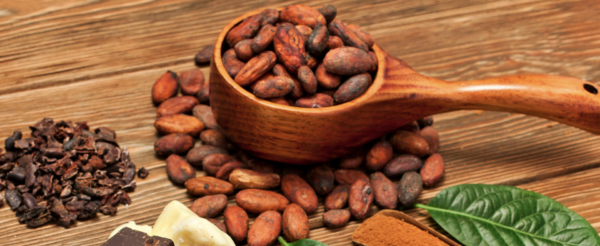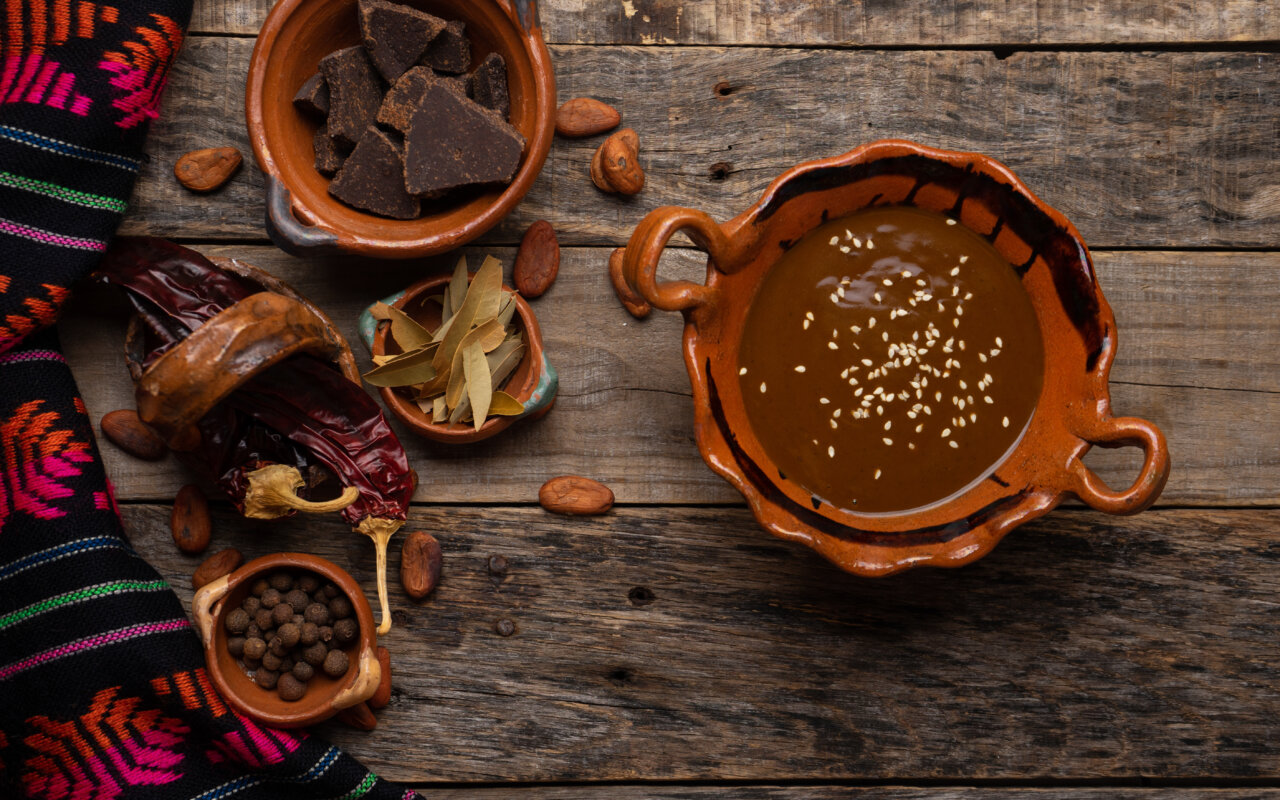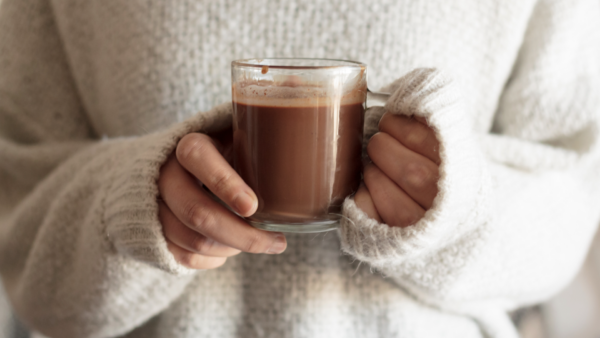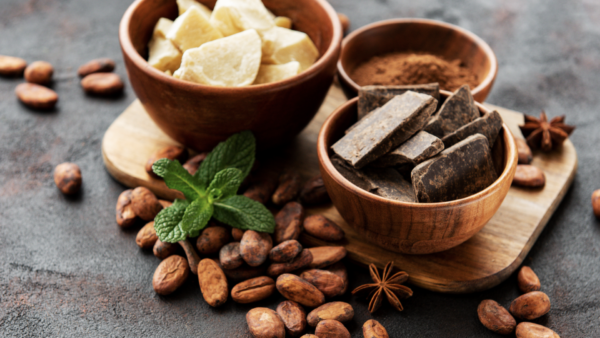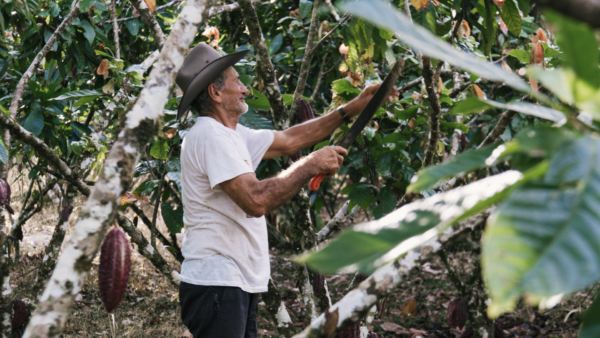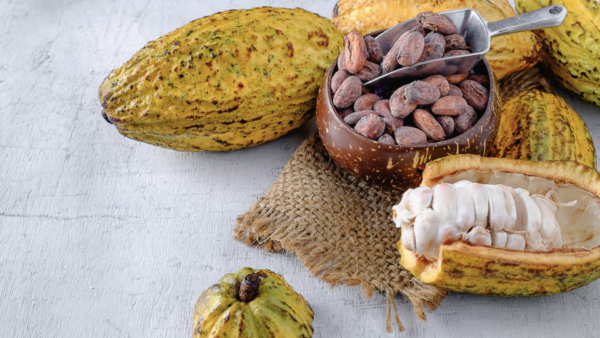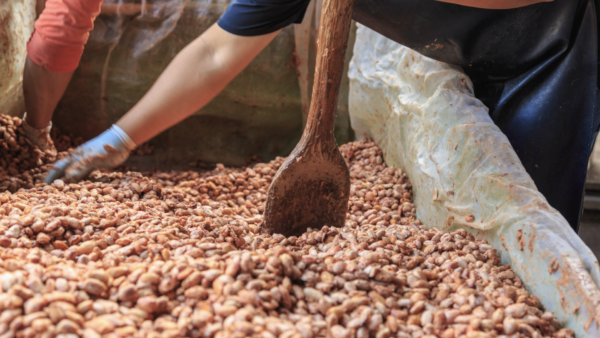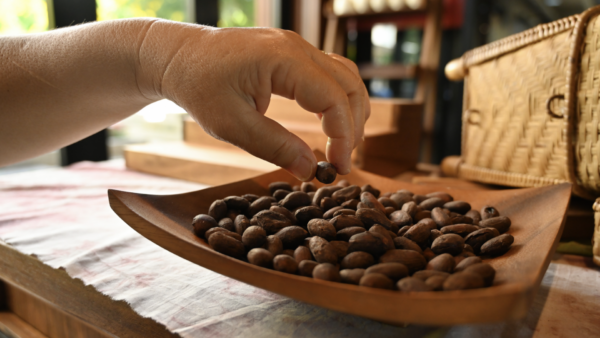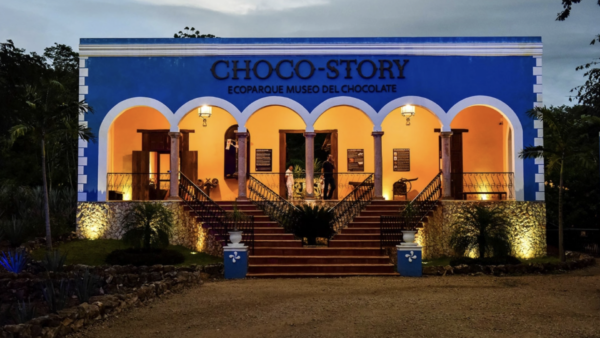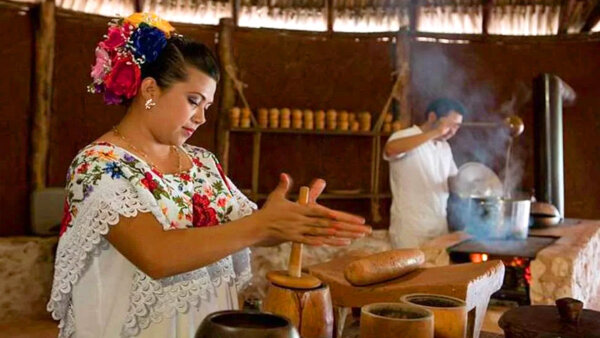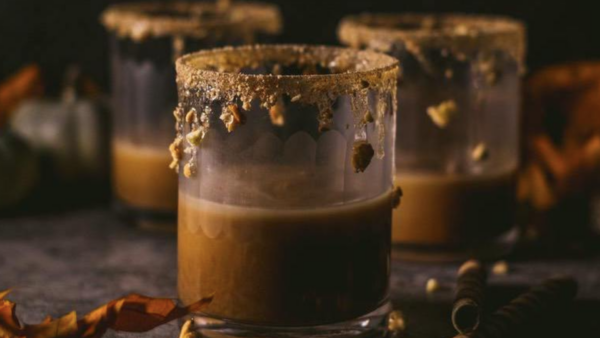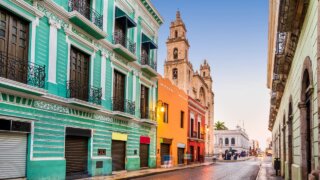Mexico is reputed to have left a sweet mark on history thanks to its deep connection with cocoa. Although cocoa originated in the Amazon, in Mexico it has been an essential part of the culture since pre-Hispanic times. It was not only a delicacy, but also a currency of exchange for ancient civilizations.
Some civilizations in central Mexico prepared a drink called xocoátl, “xoco” meaning “bitter” and “atl” translating as “water”. This is the first antecedent of what we know today as chocolate. This drink was an infusion of boiling water, chili, vanilla, molasses and roasted cocoa paste, and was only available to the noble classes.
Cocoa isn’t just important for its connection with history or its worldwide popularity as the main ingredient in chocolate. It is rich in antioxidants, more so than green tea and red wine, thanks to its high vitamin C, fiber and serotonin content, making it an excellent ally in the prevention of cardiovascular and cerebrovascular disease. Cocoa also contains phenylethylamine, which has a pleasant effect on the brain, and anandamide, which promotes relaxation and a feeling of well-being.
To discover the essence of Mexican cocoa, you need to focus on the producing regions. The states of Tabasco, Chiapas, Yucatán, Oaxaca and Guerrero are the main producers, and are home to internationally award-winning chocolate factories.
There are three main cocoa varieties for chocolate production: forastero, trinitario and criollo, and Mexico produces all three. However, criollo cocoa is the most appreciated for its balanced flavor, combining acid, sweet and bitter nuances. Mexico is the world’s thirteenth-largest chocolate producer, with an annual output of 26,363 tonnes, according to data from the Agrifood and Fisheries Information Service (SIAP). Mexico’s chocolate industry is worth 51 million pesos a year and generates 55,000 direct jobs.
In the 2021 edition of the “Chocolats d’origine” international competition organized by the French Agency for Agricultural Development (AVPA), experts concluded that the Ki’Xocolatl company, located in Ticul, Yucatán, produced the best chocolate in the world, consolidating the prestige of Mexican cocoa. But what makes them so special? This success is due to the fact that Mexico is one of the few regions with the right conditions for growing cocoa.
If you want to discover the cocoa experience in Mexico, visit Choco Story at the ancient Hacienda Uxmal in the Yucatan. Here you’ll discover the history of cocoa, from its origins, distribution and uses around the world, to its millennia-old forms of Mayan preparation.
In addition to the museum, you can visit the botanical gardens with cocoa trees, and round off your visit with a tour of the animal sanctuary, where you can admire the endemic fauna that has been saved.
It’s difficult to talk about Mexican cocoa without mentioning its role in gastronomy. Cocoa is incorporated in surprising ways into traditional dishes such as mole poblano, popo, tanchuca or chocolate tamales. The most daring chefs and mixologists are experimenting with innovative dishes and cocktails based on cocoa and spices.
Lovers of good food will find Mexican gastronomy a paradise of flavors.
Mexican chocolate is much more than a sweet treat, it’s an unforgettable experience!
